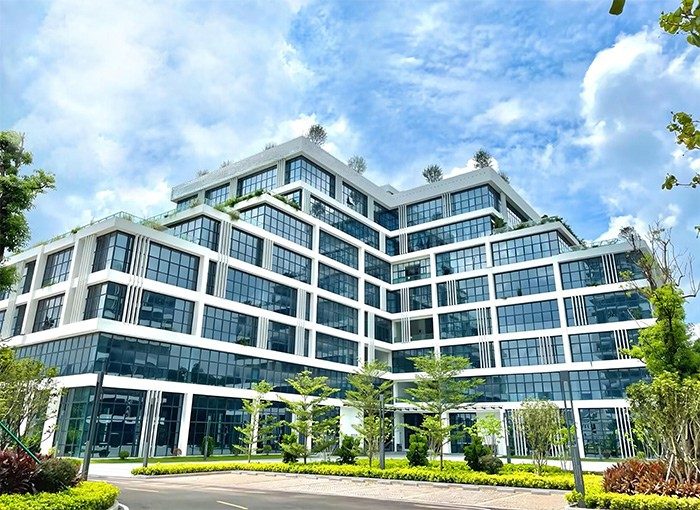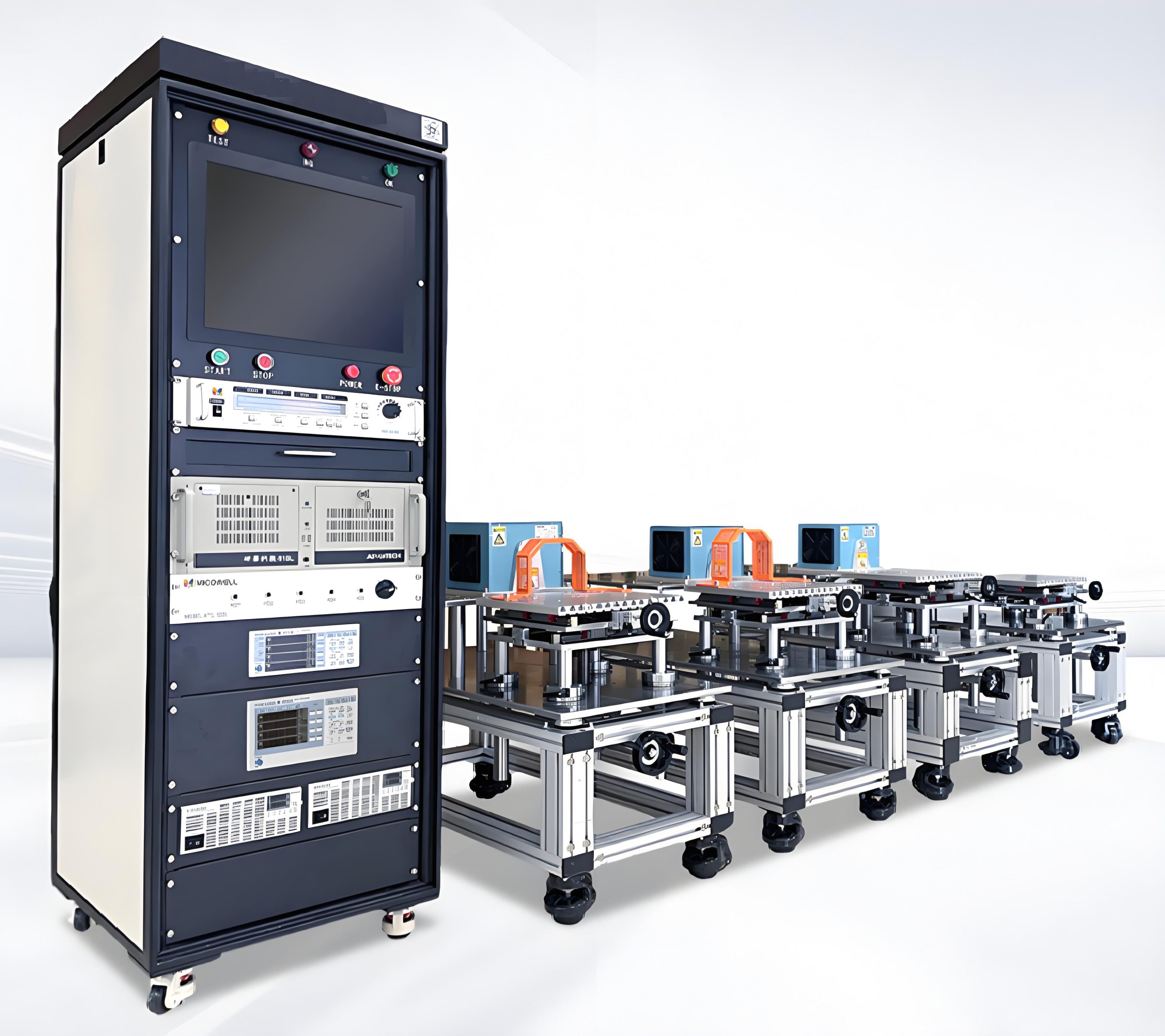
The cosmos has always beckoned humanity with its infinite mysteries. Today, as we stand on the brink of a new space age, spacecraft manufacturing technology is advancing at warp speed. From reusable rockets to AI-driven assembly lines, the industry is rewriting the rules of what’s possible. Let’s dive into the innovations propelling us toward the stars—and why your organization should be part of this celestial journey.
THE MATERIALS DEFYING EARTHLY LIMITS
Traditional spacecraft relied on aluminum alloys and titanium, but modern engineering demands more. Enter **carbon-fiber composites** and **ceramic matrix materials**—lightweight yet ultra-durable substances that withstand extreme temperatures and cosmic radiation. Companies like SpaceX and Blue Origin now integrate these materials into rocket fuselages, reducing weight by up to 30% while boosting fuel efficiency.
But innovation doesn’t stop there. Scientists are experimenting with **self-healing polymers** inspired by biological systems. Imagine a spacecraft hull that automatically repairs micrometeoroid damage during long-duration missions. Labs in Europe and California have already produced prototypes, with NASA earmarking this tech for its upcoming Mars expeditions.
PRECISION ENGINEERING: WHERE ROBOTS MEET HUMAN GENIUS
Gone are the days of purely manual assembly. Today’s spacecraft factories blend robotic precision with human expertise. Take **collaborative robots (cobots)**, which work alongside engineers to install delicate components like ion thrusters or sensor arrays. These cobots use machine vision to detect imperfections as small as 0.001 millimeters—a necessity for equipment operating in zero-gravity environments.
Meanwhile, **3D printing** has become a game-changer. NASA’s Perseverance rover included 3D-printed copper alloy parts designed to endure Mars’ harsh climate. Private firms like Relativity Space are pushing boundaries further, aiming to 3D-print entire rockets within 60 days. This not only slashes production timelines but also allows for complex geometries impossible with traditional methods.
AI: THE BRAIN BEHIND THE BRAWN
Artificial intelligence now permeates every stage of spacecraft development. During design phases, **generative AI algorithms** simulate thousands of iterations to optimize aerodynamics and structural integrity. Lockheed Martin recently used this approach to refine the Orion capsule’s heat shield, achieving a 15% improvement in thermal resistance.
In quality control, AI-powered systems analyze terabytes of sensor data to predict component failures before they occur. Arianespace, for instance, credits its AI diagnostic tools with reducing launch delays by 40% over the past two years. Even mission planning benefits: AI models calculate optimal trajectories, factoring in variables like solar flares and orbital debris.
SUSTAINABILITY: ECO-FRIENDLY EXPLORATION

Space ventures are often criticized for their environmental footprint. The industry is responding with greener solutions. **Reusable launch systems**, pioneered by SpaceX’s Falcon 9, have cut waste dramatically. Now, companies are exploring bio-derived fuels and solar-electric propulsion to minimize emissions.
Recycling is another frontier. Startups like Orbit Recycling aim to repurpose defunct satellites into new hardware—think \"space junk\" transformed into solar panels or communication arrays. ESA’s ClearSpace-1 mission, slated for 2026, will test robotic systems capable of capturing and processing orbital debris.
THE HUMAN TOUCH IN A HIGH-TECH WORLD
Amidst all this automation, human ingenuity remains irreplaceable. Take the story of JPL engineers who MacGyvered a fix for the Voyager 1 probe using 1970s-era documentation—a testament to creativity under pressure. Or consider the diverse teams behind the James Webb Telescope, whose collaborative spirit turned a $10 billion gamble into a window to the early universe.
This synergy of technology and humanity is what makes modern spacecraft manufacturing extraordinary. Whether it’s a grad student coding a nanosatellite or a veteran welder crafting engine nozzles, every contribution fuels progress.
FUTURE HORIZONS: WHAT’S NEXT?
The coming decade promises even wilder breakthroughs. **Quantum communication systems** could enable unhackable data links between Earth and deep-space probes. **Nuclear thermal propulsion** might shorten Mars travel time to just three months. And dynamometer like SpaceX’s Starship hint at a future where interplanetary travel is as routine as international flights.
For businesses, the implications are vast. Satellite constellations require advanced manufacturing partnerships. Lunar base construction will demand novel materials. Even industries like healthcare and telecom stand to benefit from spin-off technologies.
JOIN THE JOURNEY
Spacecraft manufacturing isn’t just about building machines—it’s about shaping humanity’s destiny among the stars. Whether you’re an investor, engineer, or visionary, this is your moment to engage. Partner with innovators. Invest in R\u0026D. Or simply stay curious about the tech that’s turning science fiction into tomorrow’s headlines.


As the great Carl Sagan once said, \"Somewhere, something incredible is waiting to be known.\" With today’s manufacturing marvels, we’re closer than ever to finding it. 🌠
[End of Article]
